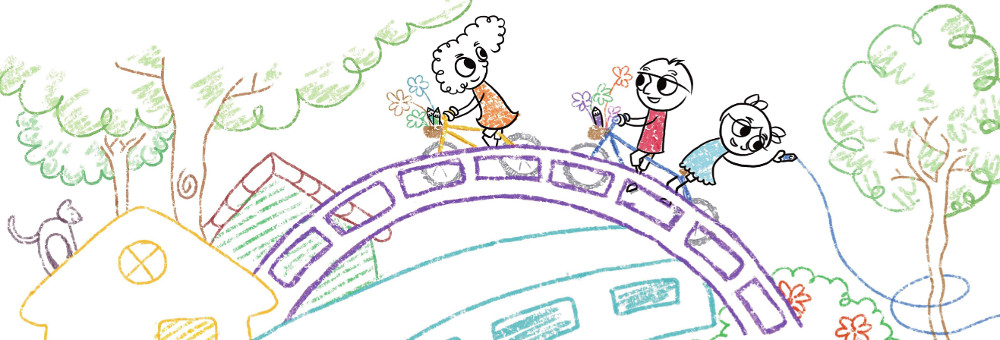Usability screening with children is similar people to functionality testing with adults. To acquire the most from the sessions, and be sure the child is certainly comfortable and happy, there are some differences that you have to be aware of.
Stress of new people and surroundings
Children are far more very likely than adults to find encountering new areas and people difficult. You should always keep in mind this, consequently try to find as much ways as is feasible to relax the child. Some things you might do happen to be:
– Allow a large period of time – at least 10 minutes – to meet the child. This is significant in adding them relaxed before beginning the session. Several easy circumstances to talk about could possibly be computer games, cartoons, sports or perhaps school. Looking to make all the equipment used during the practice session match that which the child uses at home/school (phone up their parents/teachers beforehand to check). – Try to end up being as reassuring and comforting as possible. www.arlab.cl Is actually especially important for making it clear to the kid that you want their very own views on the website and that you are not testing these people. – Arrange for the fact that younger children may possibly prefer their particular parents to stay in the evaluating room with them. Make sure parents be aware that they should stay out of the child’s line-of-sight and not help or distract them.
Asking for help
Children are far more accustomed to asking for — and receiving — help than adults, therefore it is very important for the moderator to:
– Clearly explain at the outset of the test that you want the child to work with the site on their own – Make a continual effort to deflect any such questioning during the session on its own
Specific manners of deflecting questions range from:
— Answering a question with a issue (e. g. What do you believe you should do now? ) — Re-stating you want the child to use the site on their own – Asking the child to obtain one last g’ before you begin something else
Children obtain tired, uninterested and disappointed more easily
Children (especially of youthful ages) are much less inclined — and/or in a position – to put on themselves into a single task for a extented period. Several ways to function around this will be:
— Limiting periods to 1 hour or reduced. – Currently taking short fails during visits if the child becomes tired or agrio. – Making sure sessions cover the intended tasks/scenarios in a different order – this will make sure that precisely the same scenarios are generally not always analyzed by fatigued children, who all are less required to succeed/persevere. – Asking the child for help so as to provide associated with motivation (e. g. asking ‘Could you please find out for me how you can… ‘, or by actually pretending not to be able find/do something on the site). — Keeping up a stable stream of encouragement and positive opinions (“You’re carrying out really well and telling us lots of beneficial things — it will really help make the site better. Keep writing! “).
The importance of nonverbal tips
Kids can’t be relied upon to verbally articulate their thoughts/feelings, either because of their:
– Not being articulate enough — Being shy – Unwilling to say the incorrect thing and displease any – Expressing things they don’t believe that just to please the mature
This will make it particularly important that the simplicity expert become sensitive to children’s nonverbal cues, including:
— Sighs – Smiles – Frowns – Yawns — Fidgeting — Laughing – Swaying – Body point of view and healthy posture
Physical differences
A couple of very obvious — but quickly forgotten – differences which in turn need to be taken into account are:
– Chair and desk settings — Make sure you currently have a chair/table setting that allows the child to comfortably utilize the equipment throughout the session. – Microphone the positioning of – Children tend to have less busy voices than adults, therefore microphones should be placed a bit nearer for the participant than normal.
Levels of literacy and understanding
It is critical to ensure that a session’s player has an exact understanding of the scenario currently being presented to them. Some ways to try this include:
– Asking participants to re-phrase scenarios/goals in their unique words. – Asking individuals to duplicate a situation (i. y. what they are aiming to achieve) in case the task moved on for quite a while and you believe they may have got forgotten that.
